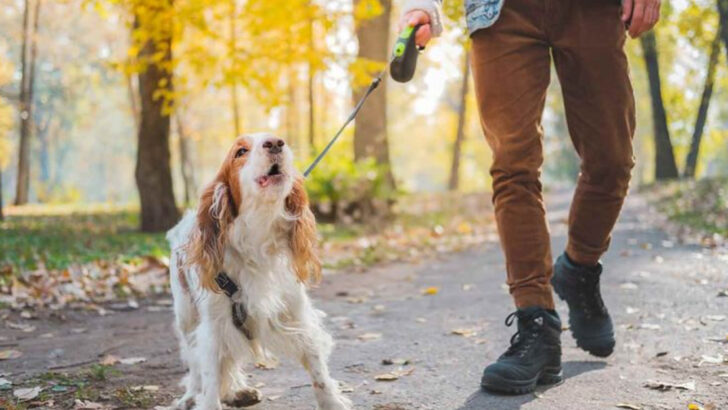Your dog isn’t trying to drag you across the street for fun—well, maybe a little for fun.
Walking a leash-puller can feel like a battle of wills, legs, and sheer body weight. One minute you’re out for a peaceful stroll, the next you’re water-skiing down the sidewalk behind a four-legged torpedo.
But it doesn’t have to be that way.
Loose leash walking isn’t some mythical trick only dog whisperers know—it’s totally doable, and no, it doesn’t require magic treats or monk-like patience.
Whether your pup is a squirrel-chaser, a sniffaholic, or just really enthusiastic about life, we’ve got you covered.
These 13 tips will change your walks—and save your shoulder in the process.
Start Indoors
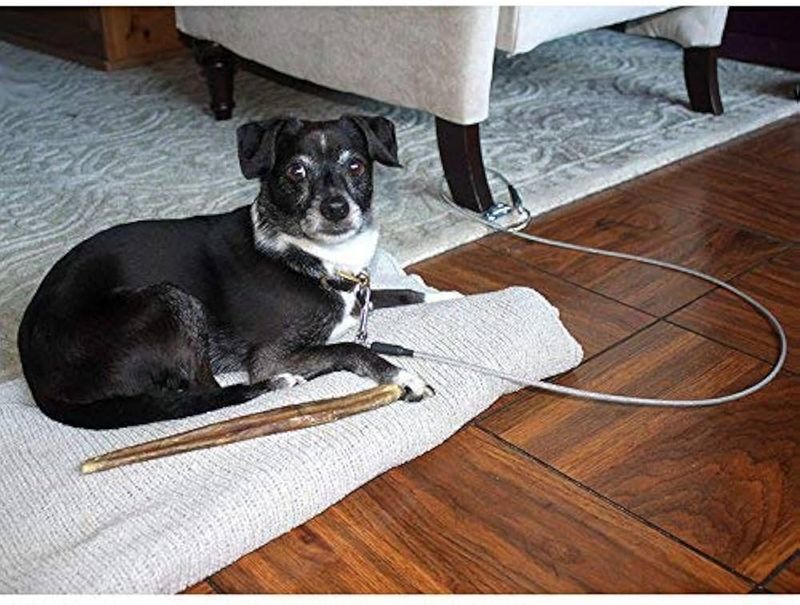
Starting indoors eliminates distractions for your dog. Your living room becomes the perfect training ground where your pet can focus without external interference. Begin by attaching the leash and letting them move around freely, so they get used to its presence.
Gradually introduce commands like ‘heel’ or ‘stop,’ rewarding compliance with treats or affection. This setting provides an ideal space for building trust and communication. As you both grow more comfortable, this indoor practice sets the stage for successful outdoor walks.
Keep sessions short and fun, ensuring your dog stays engaged and eager to learn.
Use Positive Reinforcement
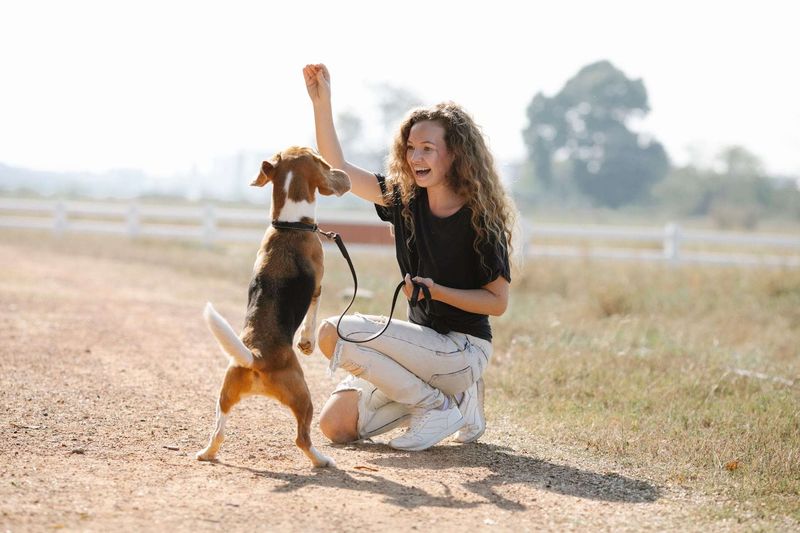
Dogs thrive on encouragement. Positive reinforcement is your best ally in leash training, turning your pet’s good behavior into a rewarding experience. Each time they walk beside you without pulling, reward them with a treat or kind words.
This reinforces their understanding of acceptable behavior. Over time, they will associate the leash with positive outcomes, fostering a joyful attitude towards walks.
Consistency is key, as is patience, so celebrate small victories as you reinforce the desired behavior through positive interactions and shared joy.
Choose the Right Leash
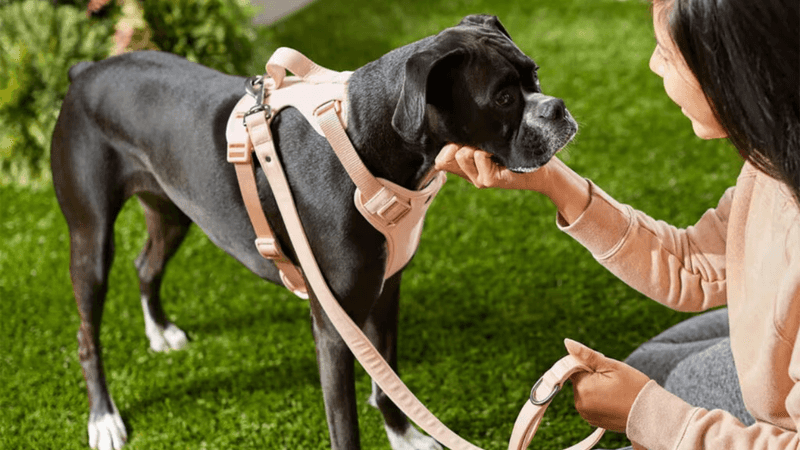
Having the right equipment can make all the difference. A good leash, tailored to your dog’s size and strength, ensures safety and control. Consider their personality too; a retractable leash might suit an energetic dog, while a standard leash offers more stability for training.
Explore materials like nylon, leather, or even eco-friendly options that provide both durability and comfort.
Finding the perfect fit means more than just color – it’s about practicality and enhancing the training process. Choose wisely, as the right leash can transform your walks into harmonious adventures.
Practice Consistently
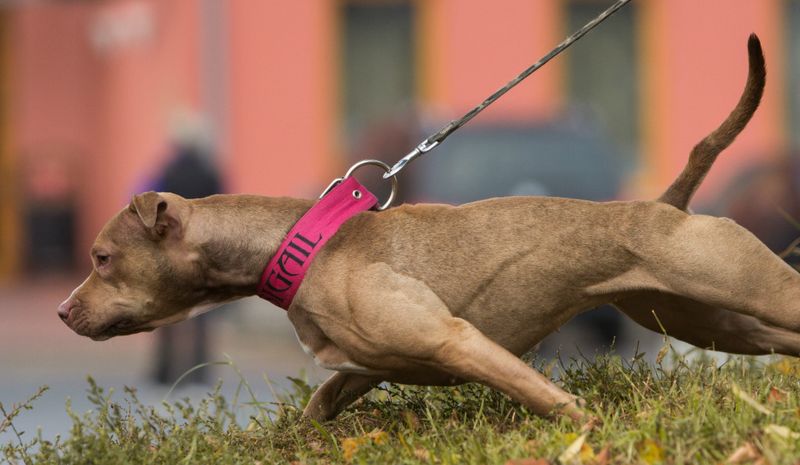
Consistency is the cornerstone of effective training. Regular practice sessions, ideally at the same time each day, help reinforce learning. Establishing a routine creates a sense of security and expectation for your dog.
Start with short, manageable walks and gradually increase the duration as your dog becomes more comfortable.
This consistency not only strengthens the bond between you and your pet but also enhances their ability to learn and retain commands. Remember, it’s about progress, so celebrate each small step on this consistent journey.
Avoid Distractions
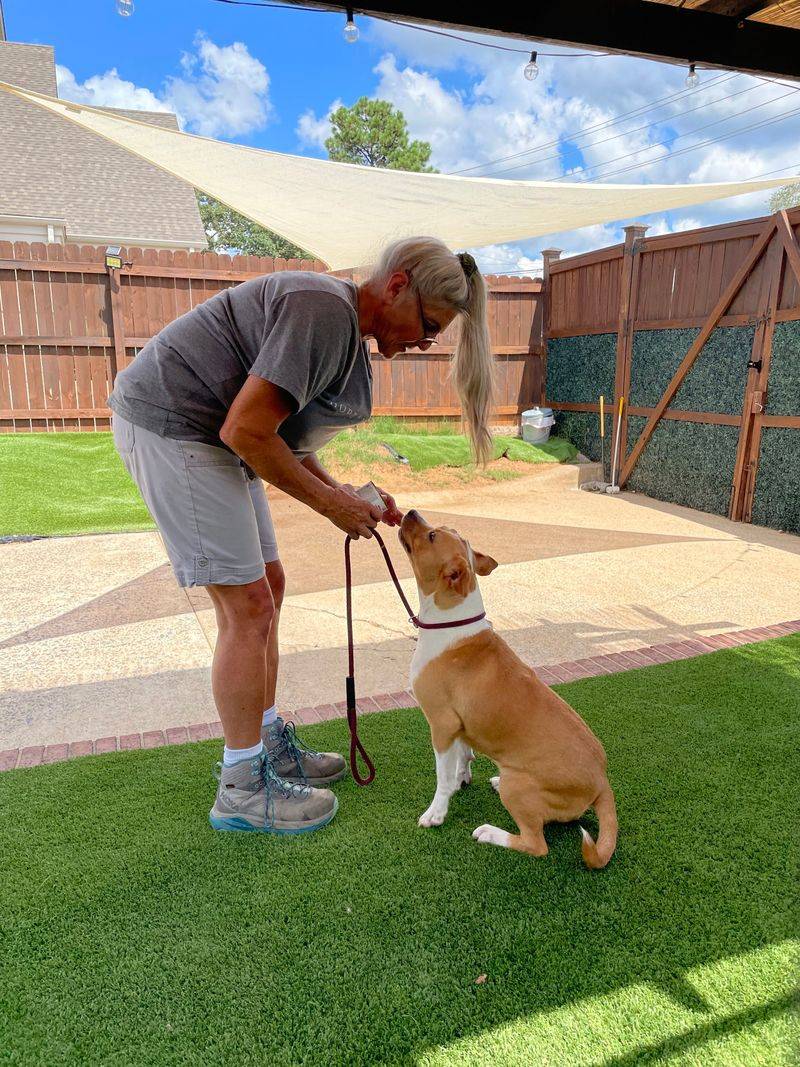
Choosing the right environment is crucial. Opt for quiet areas where distractions are minimal, allowing your dog to focus solely on you. This is especially beneficial during the initial stages of training.
Away from bustling streets or busy playgrounds, your dog can better absorb commands and enjoy a peaceful bonding experience.
As their confidence grows, gradually introduce more distractions to test and strengthen their training. The key is to build up slowly, ensuring your dog remains calm and attentive, ready to tackle more stimulating environments in the future.
Be Patient
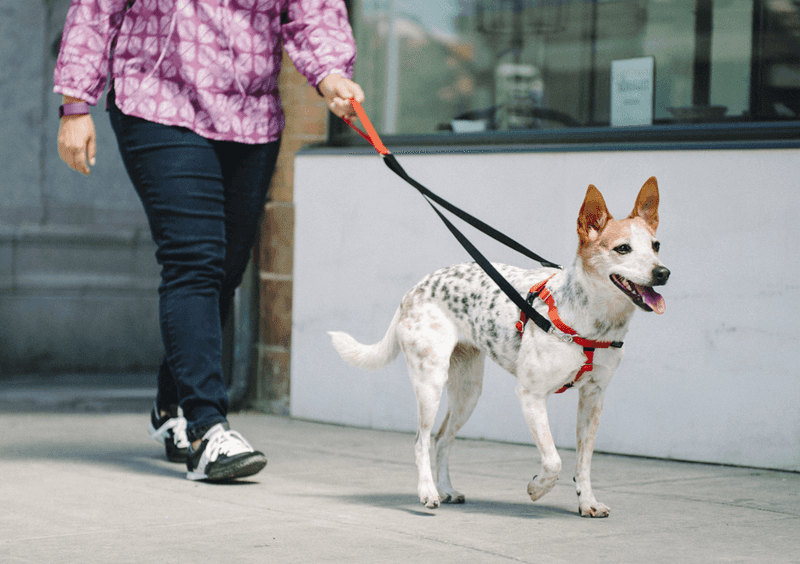
Patience is a virtue that pays dividends in training. Dogs sense your emotions, so staying calm and composed is essential. Remember, learning paces vary, and what takes one dog a day might take another a week.
Each session is an opportunity for growth, so approach each walk with an open mind and a positive attitude.
Acknowledge your dog’s efforts, however small, and maintain a supportive environment. This patience not only nurtures your pet’s confidence but also strengthens your bond, making each walk a shared journey of discovery.
Use the Right Collar
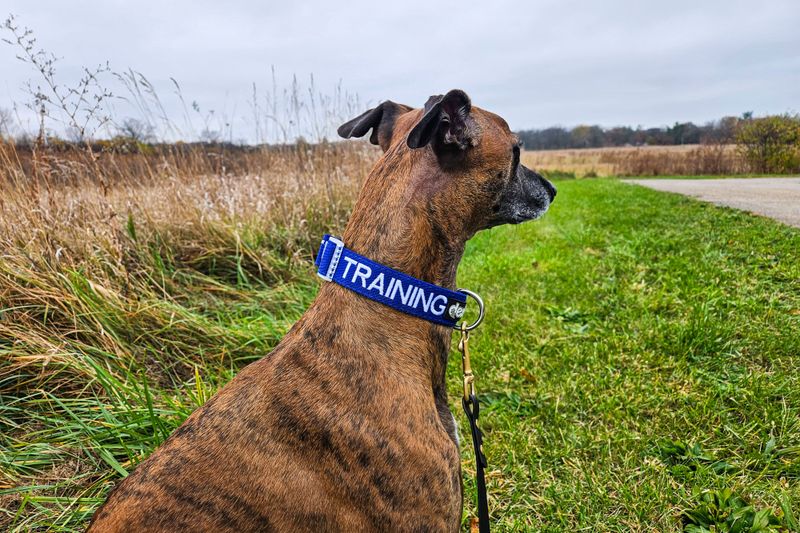
The collar is more than an accessory; it’s a training tool that needs careful selection. Choose a collar that provides comfort yet effective control. Martingale or harnesses are great options for preventing pulls without causing harm.
Consider your dog’s neck size and behavior when selecting the perfect fit. Proper adjustment prevents discomfort and injury while ensuring commands are delivered clearly.
Remember, a well-chosen collar complements your training efforts, reinforcing lessons learned and ensuring a harmonious walking experience for both you and your dog.
Incorporate Short Sessions
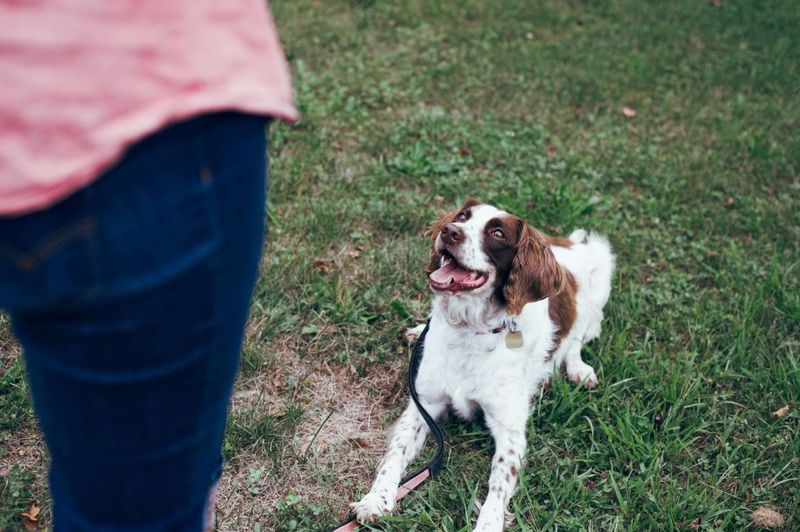
Short and sweet often leads to success in training. Break training into brief sessions, ideally 10 to 15 minutes, to keep your dog engaged without overwhelming them.
These bursts of learning are more effective than long, tedious sessions and fit conveniently into your daily schedule. Consistent short sessions help reinforce commands and maintain your dog’s attention.
This method also prevents frustration, ensuring each session ends on a positive note, leaving your dog eager for the next one. It’s a simple yet effective way to build a strong foundation for lifelong good behavior.
Communicate Clearly
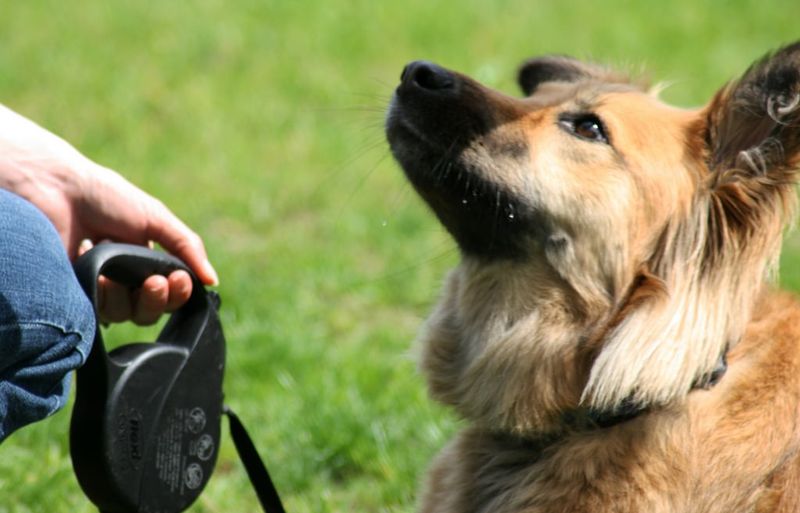
Clear communication is key to understanding. Use simple, consistent commands paired with hand signals to convey your expectations. Dogs respond well to visual cues, so ensure your gestures are distinct and easy to understand.
This dual approach reinforces verbal commands, making them more memorable. Consistency in your commands helps your dog learn faster and more effectively, ensuring smoother walks.
Over time, this clear communication builds trust and enhances your dog’s responsiveness, creating a more enjoyable walking experience for both of you.
Reward with Praise
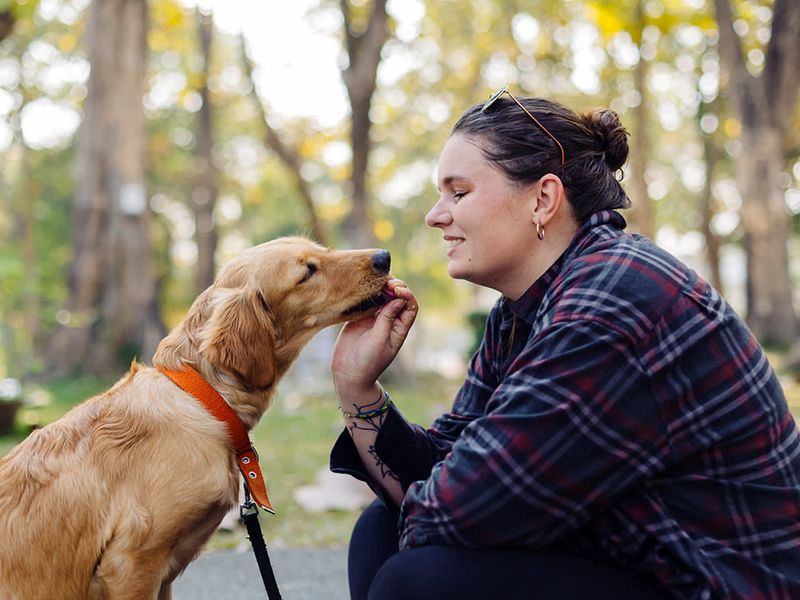
Praise is a powerful motivator that works wonders in training. Verbal affirmation, coupled with a cheerful tone, reinforces good behavior. Dogs thrive on approval, so celebrate their successes, no matter how small.
A simple ‘good job’ can boost their confidence and encourage them to repeat the desired behavior. Combine this with occasional treats for an extra incentive.
This nurturing approach fosters a positive learning environment, ensuring your dog associates walking on a loose leash with joy and success. It’s an easy way to deepen your bond while promoting good habits.
Set Realistic Goals
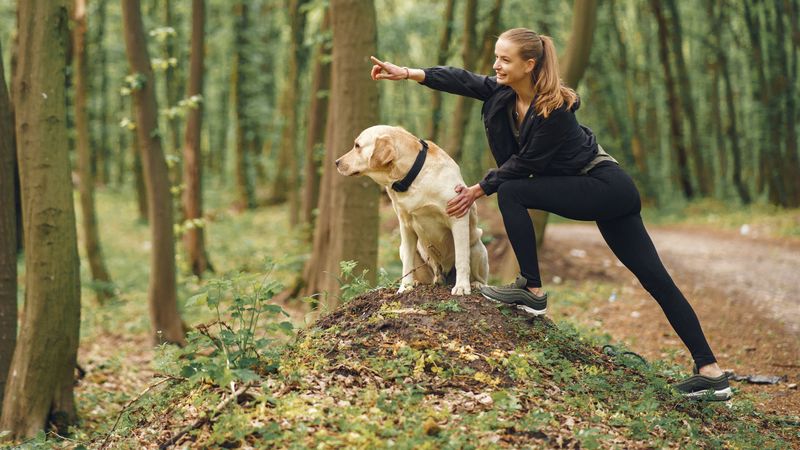
Setting achievable goals is crucial for maintaining motivation and tracking progress. Break down training into manageable milestones, celebrating achievements along the way. Understand your dog’s unique pace and adapt accordingly.
Realistic expectations prevent frustration for both you and your furry friend, ensuring each training session remains positive.
Reflect on progress regularly, adjusting goals as needed to maintain a sense of accomplishment. This goal-oriented approach not only keeps training enjoyable but also ensures steady improvement, paving the way for a lifetime of enjoyable walks together.
Stay Calm and Relaxed
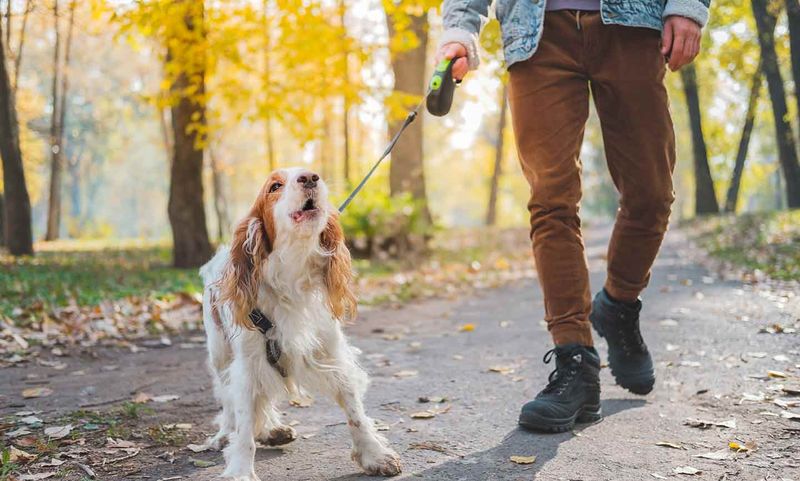
Your demeanor impacts your dog’s behavior. Staying calm and relaxed during walks sets a positive tone for training. Dogs mirror your energy, so maintaining a serene presence encourages them to be calm too.
Take deep breaths if you feel tense, and approach each session with a positive mindset. This relaxed atmosphere creates a conducive learning environment where your dog feels safe and focused.
Over time, this calm consistency teaches your dog to trust and respond positively, ensuring each walk is a peaceful and rewarding experience.
Seek Professional Help
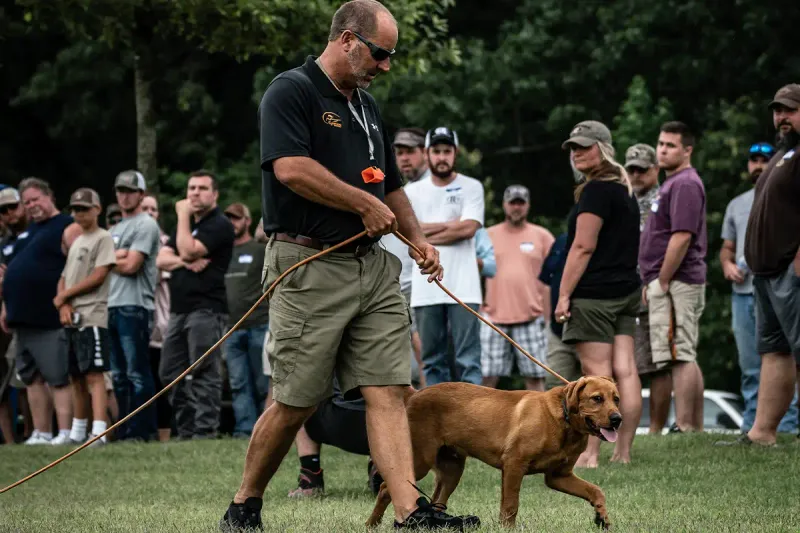
Sometimes, enlisting expert help can make all the difference. Professional trainers offer personalized guidance tailored to your dog’s personality and your needs. They provide insights and techniques that might not be apparent to the typical owner.
Investing in a few sessions can accelerate progress, especially if you’re facing specific challenges. You’ll learn valuable skills that enhance not only leash training but overall pet management.
Choosing professional support ensures a structured, effective training journey, resulting in a well-behaved dog eager for walks with you.

